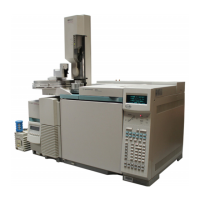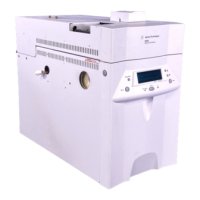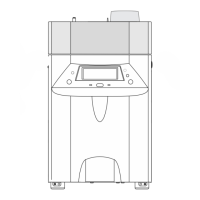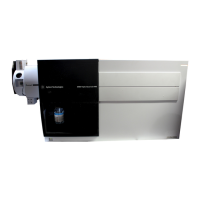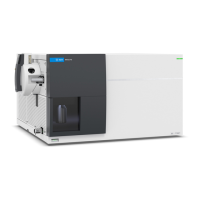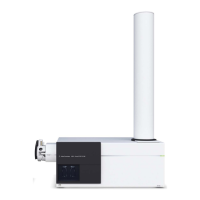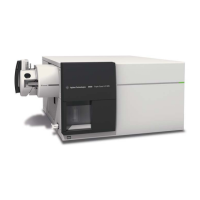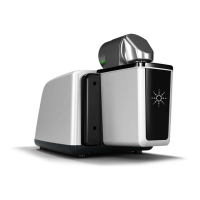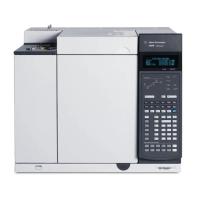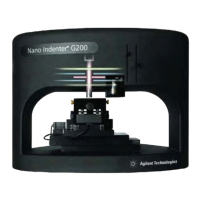21
Site Preparation
Cryogenic cooling requirements
Using liquid nitrogen
WARNING Liquid nitrogen is a hazard because of the extremely low temperatures and high
pressures that may occur in improperly designed supply systems.
Liquid nitrogen can present an asphyxiant hazard if vaporizing nitrogen
displaces
oxygen in the air. Consult local suppliers for safety precautions and design
information.
Liquid nitrogen is supplied in insulated Dewar tanks. The correct type for cooling
purposes is a low-pressure Dewar equipped with a dip tube—to deliver liquid
rather than gas—and a safety relief valve to prevent pressure build-up. The relief
valve is set by the supplier at 20 to 25 psi.
WARNING If liquid nitrogen is trapped between a closed tank valve and the cryo valve on
the GC, tremendous pressure will develop and may cause an explosion. For this
reason, keep the delivery valve on the tank open so that the entire system is
protected by the pressure relief valve.
To move or replace a tank, close the delivery valve and carefully disconnect the
line at either end to let residual nitrogen escape.
Additional requirements for the liquid N
2
system include:
• Nitrogen must be provided to the GC as a liquid at 20 to 30 psi.
• The supply tubing for liquid N
2
must be insulated. Foam tubing used for
refrigeration and air-conditioning lines is suitable for insulation. Since
pressures are low, insulated copper tubing is adequate.
• The liquid nitrogen tank should be close (only 5 to 10 feet) to the GC to insure
that liquid, not gas, is supplied to the inlet.
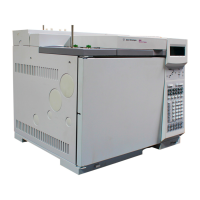
